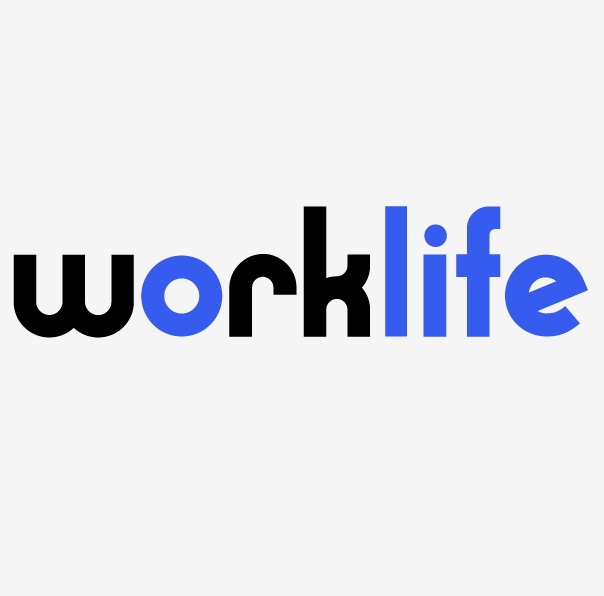Congress was no doubt well-intentioned in April when it created 3 new forms of Unemployment Insurance benefits in the CARES Act. But now many employers are struggling to get employees to return to work because of the amount of benefits they receive and the multitude of reasons that make them eligible. In fact, a recent study by the University of Chicago found that 68% of Unemployment recipients are currently getting paid more as federally funded professional Netflix watchers and video game players than they earned at their previous jobs. Many of them have also learned to bake bread.
On average, state-administered Unemployment benefits replace 45% of an employee’s pay rate of about $400 a week throughout the US. New Jersey benefits are higher, at 60% of average weekly wages capped at $713, and New York caps benefits at $504 a week with a minimum rate of $182. Both states’ benefits last for 26 weeks. The CARES Act though created the FPUA, which allows gig workers and those already out of state benefits to collect for 39 weeks at the state’s regular rates. But it is the FPUC which is causing all the trouble and keeping those potatoes on the couch. That program automatically pays everyone receiving state benefits an additional $600 a week.
Here’s how it works: Before the pandemic, Andy from Accounting earned $60,000 a year, grossing $1,153 a week. His state’s Unemployment benefits are $692 a week. But with the FPUC, he now gets a weekly direct deposit of $1,292. So when his boss Bob asks him to return to work, Andy just says, yeah ok pass the remote and another Mojito, please. Don’t get too comfy Andy, the FPUC ends July 25. But he could settle for his $692 a week in state bennies through the end of his 26 weeks. And then is he done? Uh, no. Then the third CARES Act program, the Federal Pandemic Emergency Unemployment Compensation kicks in. For those absent when they taught FPEU in Unemployment school, that’s $600 a week for 13 weeks following the end of state benefits. Ok, so then Bob gets Andy back, right? Well, we thought so but on July 1, NJDOL announced another 20 weeks of benefits available when FPEU ends for a grand total of…drum roll…let’s go to the tote board….59 weeks of Unemployment benefits. That’s a year and a week folks. Don’t feel special Jerseyans, every state except South Dakota has now extended benefits and the one unemployed guy from there said he’s ok. But can’t Bob just make Andy come back and tattle to the DOL if he refuses? Yes, but it depends. We love saying that, even if it doesn’t depend.
We’d be hurt if you didn’t recall that back in May, in response to a letter from Bob from Accounting, we gave you very specific instructions on how to handle an employee who refuses an offer to return. As they say in Friends, it’s The One with the Crying Baby. In June though, NJDOL threw those crybabies a lifeline in Returning to Work: Health, Safety, Childcare & Caregiving, Unemployment Relief & Workplace Protections in the COVID-19 Pandemic, because they couldn’t think of a longer title. We call it, the Unemployment Cheat Sheet. What you need to know is that the Unemployment Cheat Sheet describes 2 exceptions that allow employees to quit and still collect Unemployment. These exceptions will only deepen employers’ struggle to get their employees to return to work.
The first exception is that an employee can quit for good cause attributable to the work if they feel conditions are unsafe. The DOL refers to a regulation that defines good cause as, working conditions that are unsafe, unhealthful or dangerous. Although DOL says very clearly that the burden of proof is on the employee, the guidance lists factors that DOL will consider, such as the employer’s efforts to prevent the spread of the virus by providing masks, gloves, hand sanitizer, remote work options, limits on capacity and cleaning protocols, compliance with OSHA and industry guidance and the Executive Orders. All of this sounds an awful lot like the burden is really on the employer.
The second exception that permits employees to quit and still collect involves refusing suitable work. Normally, if an employee refuses to return to their job or accept a new comparable job, they will be disqualified for continued benefits for a period of time. If the work is not suitable though, refusing is ok and the employee can collect. The regulations say that determining suitability includes consideration of the degree of risk involved in health, safety, and morals (so being a lawyer is never suitable work)…prior earnings and…benefits…and commuting distance. The DOL concludes that where the work poses a high degree of risk to health and safety, [the employee] can refuse to accept the ‘unsuitable work’ and continue to collect benefits. Again, the fake burden of proof is on the employee while the employer needs to demonstrate everything it has done to make the workplace safe so the crybaby employee cannot refuse the suitable work and remain on benefits.
Rumor has it that before the month is over, Congress may extend the federal benefits. When we talked to Mitch and Chuck, they didn’t seem on the same page on whether to continue the $600 or to cap benefits at 100% of the employee’s prior wages. The debate rages as to which plan will more likely get Andy off the couch, getting either more than he was making when he worked or the same amount. Our guess—NEITHER. We at least have a suggestion as to where the feds can get the money to pay for the extended benefits:
TRACK DOWN THE $1.4 BILLION IN STIMULUS CHECKS SENT TO DEAD PEOPLE…AND ASK THEM TO SEND IT BACK!









